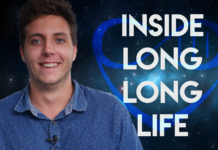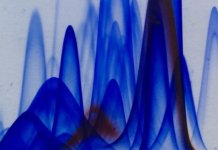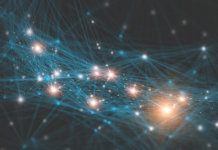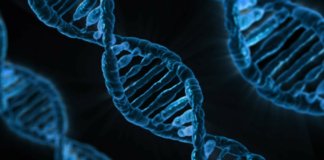Diseases of aging: definition

Aging affects us all, without exception. Anchored in our lives, it is easy for us to conceive it, to imagine it. But how can it be precisely defined? From a purely scientific point of view, it can be characterized as a progressive loss of the integrity of our bodies. This phenomenon is inevitably accompanied by physical dysfunction and an increase in vulnerability towards death[1].
Many scientists have dedicated their lives to understanding the causes of this progressive loss of integrity of our bodies. In the review The Hallmarks of Aging[1], published in the journal Cell in 2013, 9 major causes are identified: genomic instability, telomere shortening, epigenetic alteration, loss of proteostasis, deregulation of nutrient perception by our cells, dysfunction of our mitochondria, cell senescence, loss of our stem cells and dysfunction in the communication channels between our cells. All these processes have been linked to aging and by influencing them, through treatment or modification, researchers hope to be able to slow down or even halt the aging process.
Nevertheless, let’s study the causes of aging. What about the consequences, namely the dysfunction of the organism? This phenomenon is also extensively studied in fundamental but also medical research. These are referred to as age-related diseases.
Diseases of aging: heart, brain, metabolism, what are the targets of aging?
Our bodies are remarquably complex systems, and there are many ways in which they can malfunction over time.
Neurodegenerative diseases:
The brain is an organ often affected by aging. We then use the term neurodegenerative diseases such as Alzheimer’s, Parkinson’s… These diseases kill our neurons by slowly poisoning them.
Cardiovascular diseases:
Sometimes, our whole circulatory system, which helps blood travel in the whole body, malfunctions. In that case, whether the failing comes from the heart or any type of blood vessel, we refer to it as cardiovascular diseases. The guilty party is most often the formation of plaques of fat along the inner lining of our arteries.
Metabolic diseases:
In other instances, with time, our body might no longer be able to handle its own metabolism. This failure to manage its own resources leads to metabolic diseases such as gout or diabetes.

Cancers:
By dividing uncontrollably, each one of our cells can potentially be the source of one of the most well-know of age-related diseases: cancer.
The goal of these articles will be to develop and explain each one of these classes of age-related diseases. The goal is to allow you to understand how these diseases work, so that they aren’t just a name before which we feel powerless.
Diseases of aging: our articles
Reference :
[1] C. Lopez-Otin, M. A. Blasco, L. Partridge, M. Serrano, and G. Kroemer, “The hallmarks of aging,” Cell, vol. 153, no. 6, pp. 1194–1217, 2013
Baptiste Tesson

Author
Auteur
Baptiste is studying biology at the École Normale Supérieure de Lyon and bioengineering at the École Polytechnique Fédérale de Lausanne. He worked on the optimization of Cas9 as a tool for genome editing and on the emergence of blood stem cells in the zebrafish. He currently works on the patterning of the muscles, also in the zebrafish. He plans on doing a PhD in developmental biology.
More about the Long Long Life team
Baptiste étudie la biologie à l’École Normale Supérieure de Lyon et la bioingénierie à l’École Polytechnique Fédérale de Lausanne. Il a travaillé sur l’optimisation de la protéine Cas9 comme outil de modification de génomes et sur le développement des cellules souches du sang chez le poisson zèbre et travaille actuellement sur la mise en place des muscles chez le même animal. Il projette de réaliser un doctorat axé vers le développement animal.
En savoir plus sur l’équipe de Long Long Life








![[Video] Eurosymposium on Healthy Ageing, Brussels, 2018 Eurosymposium on Healthy Aging](http://www.longlonglife.org/wp-content/uploads/2019/07/P1310252-218x150.jpg)





![[Part 1] Fasting against aging: the many methods jeûne-et-vieillissement-long-long-life-transhumanisme-longévité-vieillissement120](http://www.longlonglife.org/wp-content/uploads/2019/04/jeûne-et-vieillissement-long-long-life-transhumanisme-longévité-vieillissement120-324x160.jpg)
